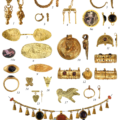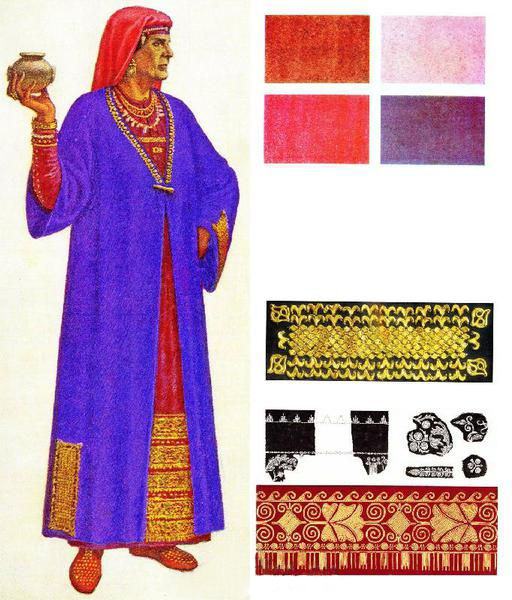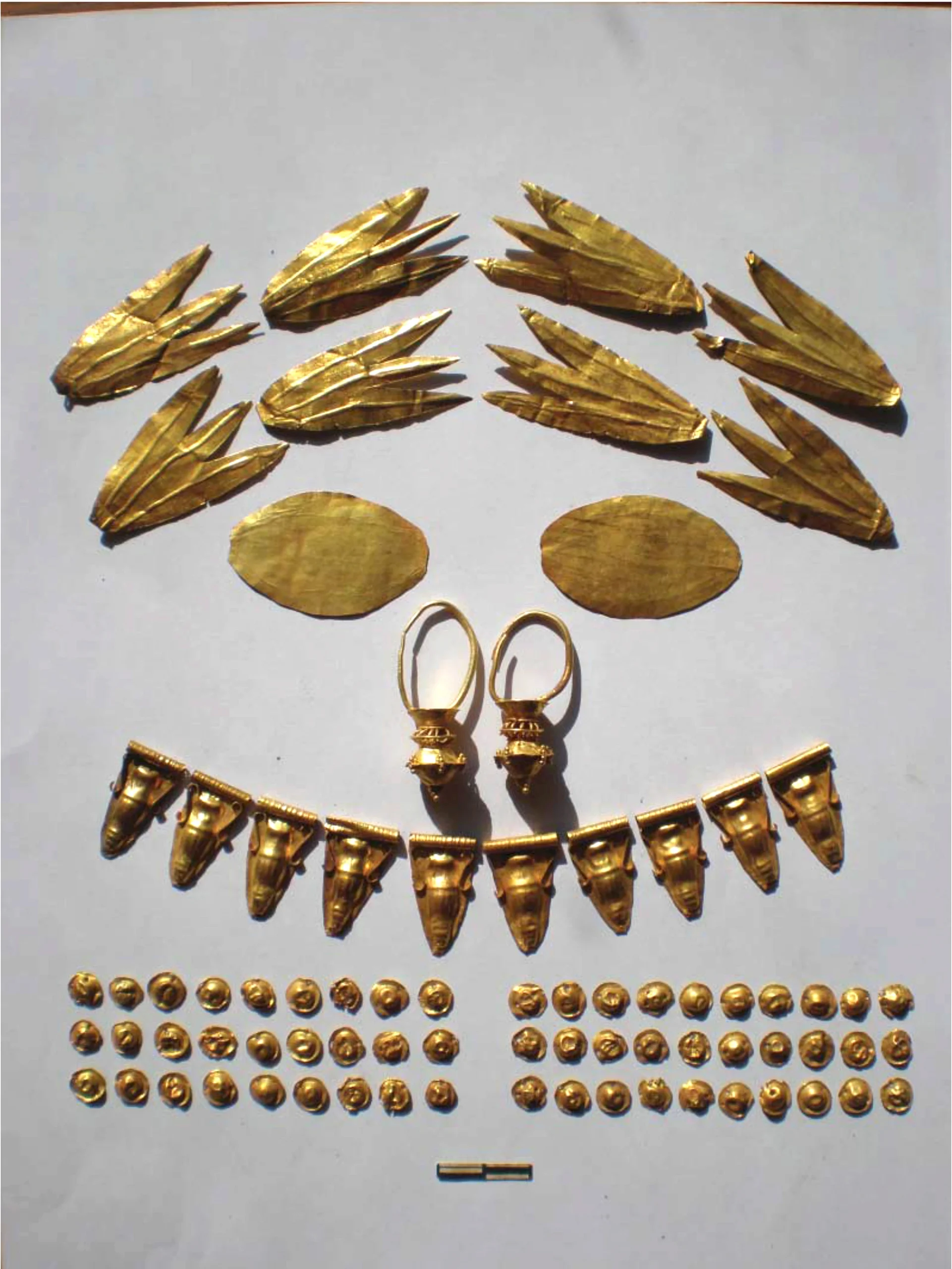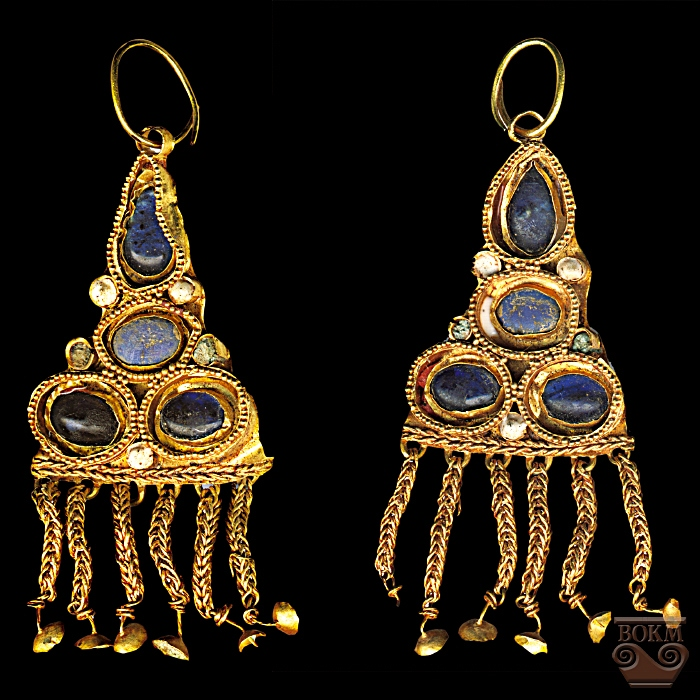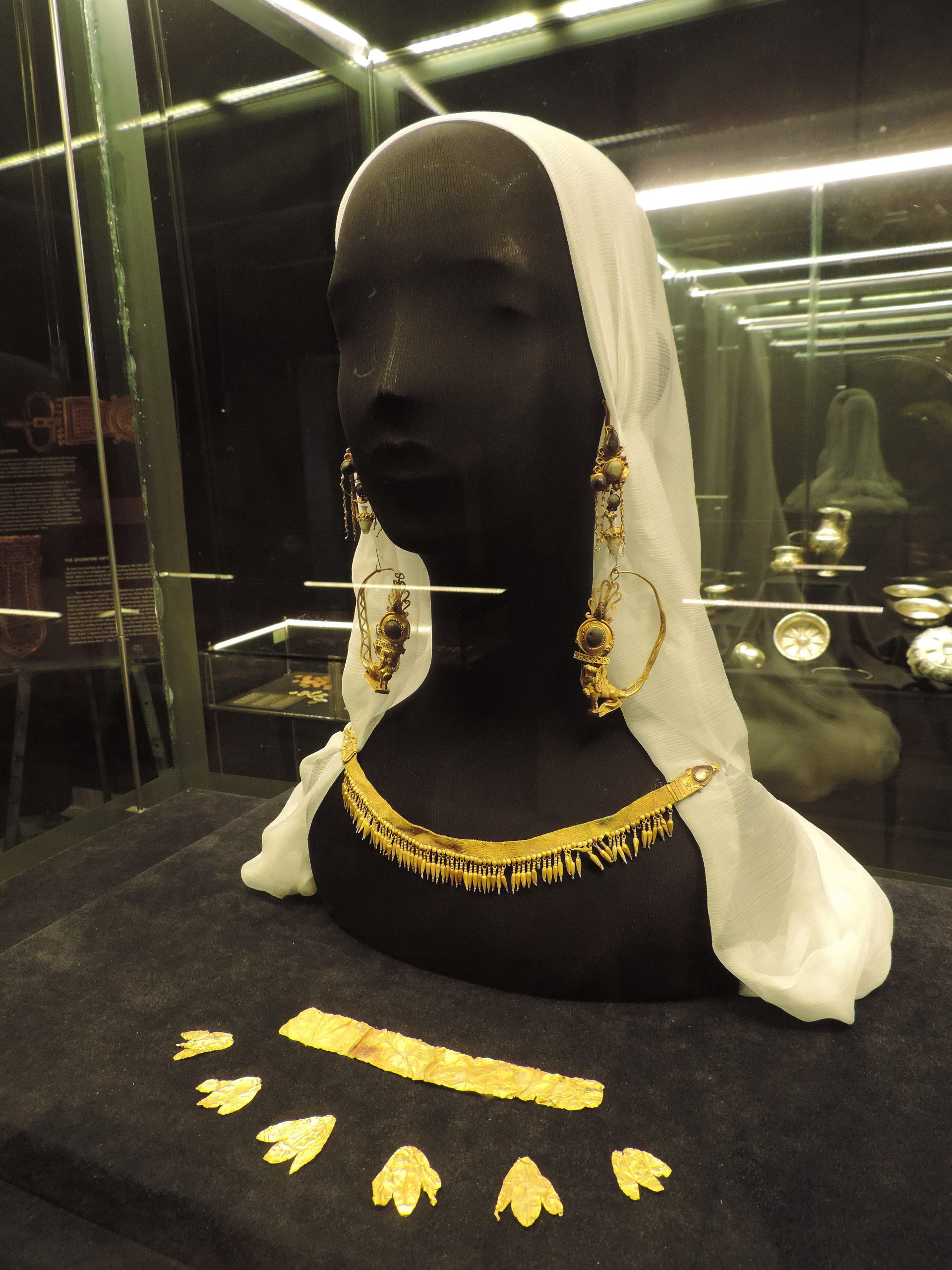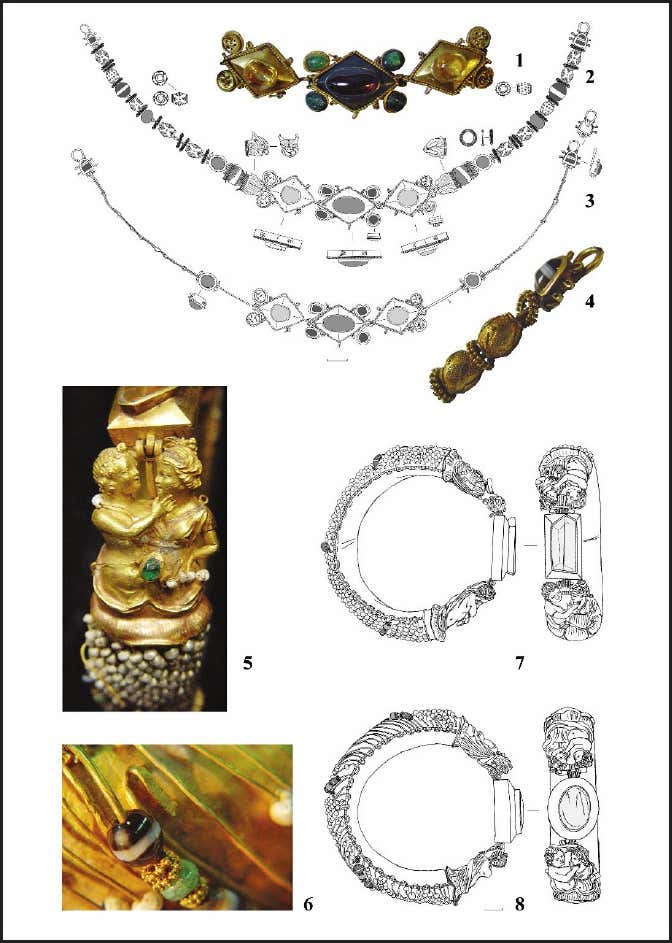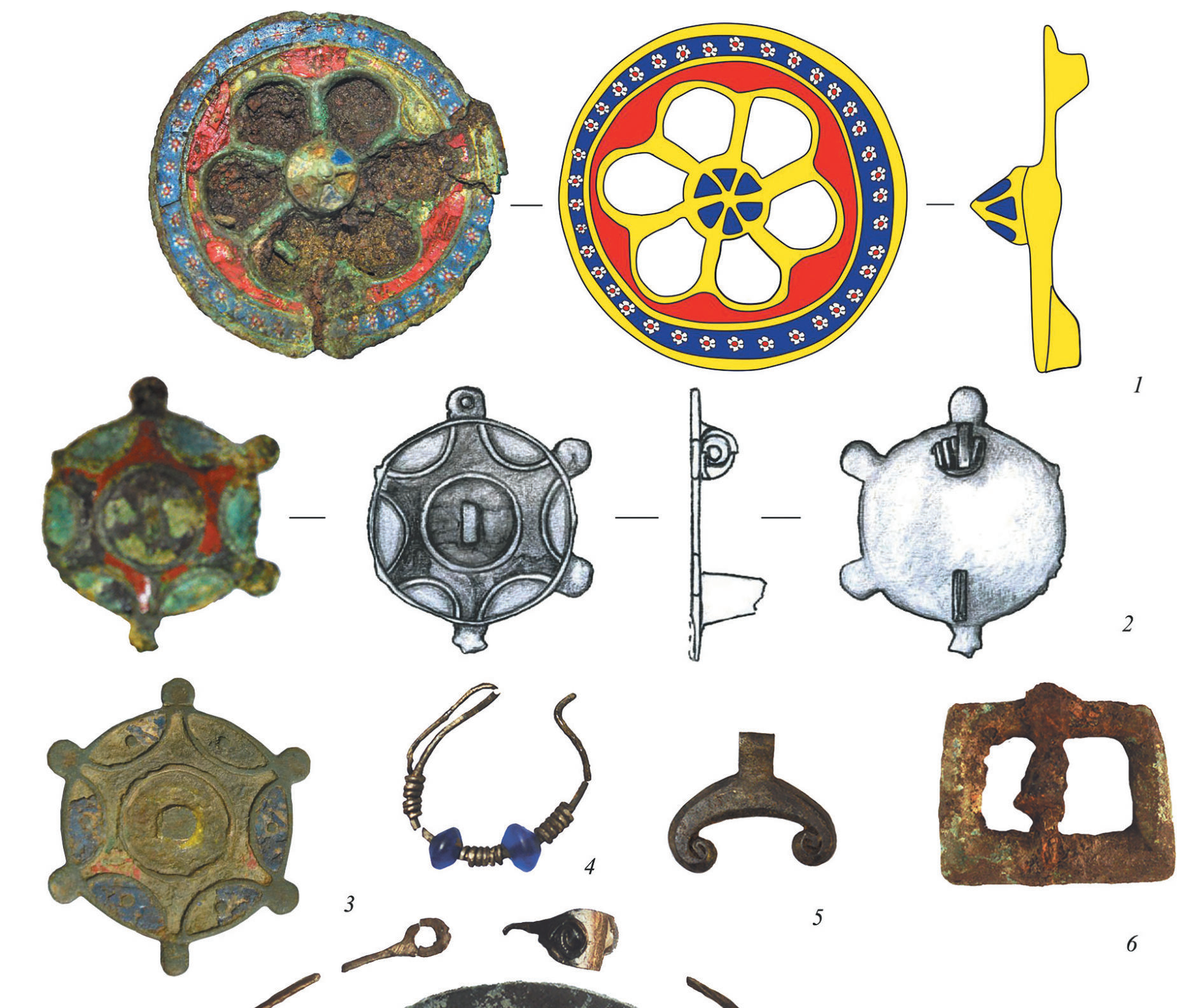“When referring to the steppe of the North Pontic region from the 3rd century BCE to the mid–3rd century CE, archeologists call the period ‘Sarmatian epoch’. The beginning of this period (3rd c. BCE) is regarded by many researchers as a crisis for the whole region.” [V. Mordvintseva (2016)]
“Olbia, one of the oldest and most influential cities of the North Black Sea coast, ceased to exist in 269–270 CE.9 After 250 CE the situation in the Bosporan kingdom dramatically worsened. [..] By the mid–3rd century CE Tanais was totally destroyed. At the same time the Roman garrisons were withdrawn from Chersonesos and the south-western Crimea, although a small garrison apparently stayed in Chersonesos till a later date. The crisis is also observed on the territory populated by the barbarian peoples.
The barbarian settlements of the Lower Dnieper became deserted already in the 2nd century CE. Around the mid–3rd century CE the settlements of the Lower Bug, Kuban and the Crimea were also deserted. Most of the necropolises of the Late Scythian culture of the Crimea were not any longer in use; new necropolises appeared in other places.” [V. Mordvintseva (2016)]
“the similarities of the burials of North Pontic elites lie chiefly in the composition of grave goods, namely in the presence of some particular imports of western and eastern provenance.
It is obvious that such features alone cannot be directly connected with the ethnic identification of the buried persons because these imports are objects of high social status, and they were shown for display during the funeral to underline the position of the buried person and his clan.” [V. Mordvintseva (2016)]
“In the 1st century CE in some flat necropolises of the Late Scythian culture of the south-western Crimea (Ust’-Al’ma, Alma-Kermen) appeared ostentatious burials with particularly rich and diverse burial goods. In the Ust’-Al’ma necropolis they occupied a special section, along the road lea ding to the settlement, i.e. on the principle, which is also characteristic for the location of Greek necropolises. […]
In the female ostentatious burials are encountered jewellery, gold funeral wreaths, eye- and mouth-pieces, silver spoons, pyxidae, imported vessels, Chinese lacquer boxes with perfume flasks and other cosmetics.” [V. Mordvintseva (2016)]

The funeral wreaths, mouth- and eye-pieces, jewellery (1st–2nd centuries CE).
Bosporan Kingdom:
1, 2 – Gorgippia Tomb II, sarcophagus 2.
Crimea:
3 – Magarach Barrow 1, burial 13;
4, 9 – Ust’-Al’ma catacomb 820;
5 – Ust’-Al’ma catacomb 735;
6 – Ust’-Al’ma catacomb 777;
7 – Ust’-Al’ma catacomb 92, burial 28;
8 – Ust’-Al’ma catacomb 612.
[1, 2 – photos by V. Mordvintseva; 3, 6–8 – photos by
A. Chuguy; 4, 5, 9 – photos by Yu. Zaytsev; after V. Mordvintseva]

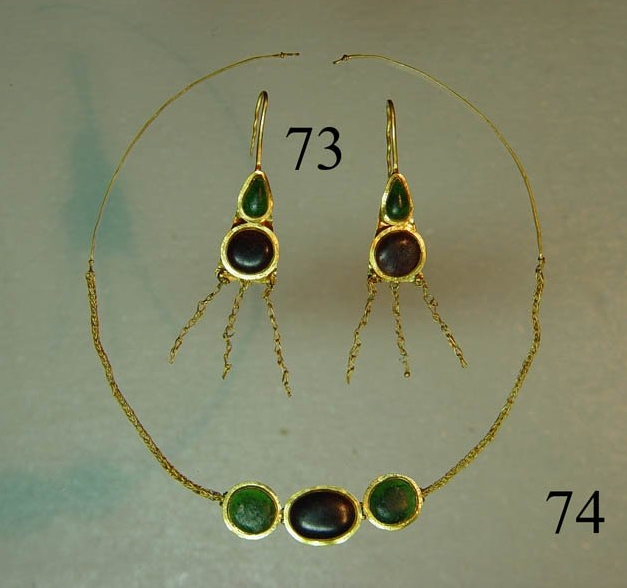
Photo source >> https://handvorec.ru/novosti/zayavlenie-krymskih-muzeev/
Female burial, the catacomb 820, burial no. 1 in the cemetery of Ust’-Al’ma – a set with a pair of the tringular-shaped earrings, a necklace and a finger ring.
catacomb 620, burial no. 1 in the cemetery of Ust’-Al’ma ???
1st century http://www.evpatori.ru/sokrovishha-zolotogo-ostrova-chyornogo-morya-v-evrope.html
“A second-century A.D. golden earring with glass inlay and figurine, found in a woman’s grave at the necropolis of Ust-Alma.”
https://www.rferl.org/a/crimean-scythian-gold/30058582.html
More about the triangular Sarmatian earrings >> http://colorsandstones.eu
- Loboda, Ivan I., Aleksandr E. Puzdrovskij und Jurij P. Zajcev (2002): „Prunkbestattungen des 1. Jh. n. Chr. in der Nekropole Ust’-Al’ma auf der Krim.“ Eurasia Antiqua 8: 295-346.
- Puzdrovskij, Alexandr (2013): „Ust’-Al’ma. Die Siedlung und Nekropole.“ In: LVR-Landes Museum Bonn (Hg.): Goldene Insel im Schwarzen Meer. Die Krim. Darmstadt: Primus Verlag, 290-323.
- V. Mordvintseva (2016) Barbarians of the North Pontic Region and Their Contacts with Centres of Antique Civilization from the 3rd Century BCE to the mid–3rd Century CE (According to the Research of the Elite Burials)
In: Cojocaru, V. – Rubel, A. (ed.), Mobility in Research on the Black Sea Region. Cluj-Napoca 2016. (Pontica et Mediterranea VI). P. 381-432.
https://www.academia.edu - M. Treister, Eastern Jewellery in Sarmatian Burials and Eastern Elements in the Jewellery Production of the North Pontic area in the 1st Century AD https://www.academia.edu



